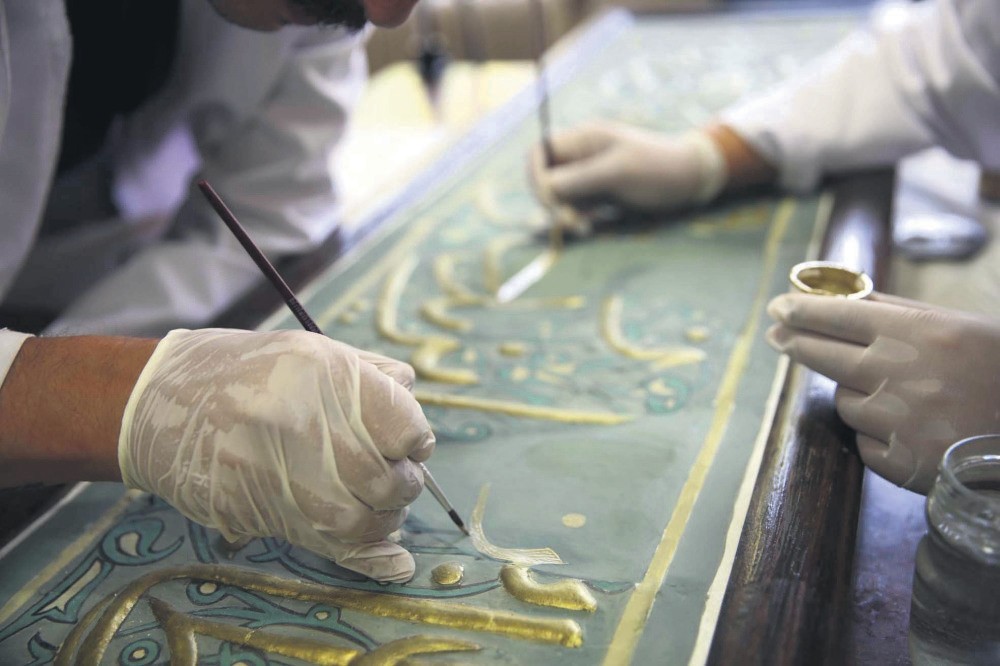Laboratory team behind the preservation of historical artifacts

Bursa's Regional Restoration and Conservation Laboratory, which offers services in five different provinces under the umbrella of the Ministry of Culture and Tourism, helps to restore historical artifacts and allow future generations to appreciate history. The laboratory restores artifacts from Bursa, Balıkesir, Kütahya and Bilecik and restored artifacts are returned to their place of origin.Yasemin Dalgıç, who is responsible for the laboratory in Bursa, told Anadolu Agency (AA) that there are a total of 10 regional restoration and conservation laboratories affiliated with the ministry. She said that the first laboratory was opened in Istanbul and nine other laboratories were established following a decree from the council of ministers issued in 2012.Stating that the dates and the materials of the artifacts they restored do not matter to the restorers, Dalgıç said: "We do everything in our power to prolong the lifespan of the artifacts, whether they were made of metal, clay, glassware or textiles. There are five restorers in our laboratory and we are capable of restoring all kinds of artifacts."The laboratory is currently restoring clay artifacts from the Turkish-Islam Artifacts Museum in Bursa, which require renewed restoration with new materials.Dalgıç compared the work done by restorers to surgery carried out by a doctor. "Just like doctors do everything they can to save their patients, we try to do everything in our power to prolong the lifespan of artifacts. We call ourselves artifact doctors." Dalgıç indicated one of the artifacts currently undergoing work, a century-old Ottoman fire engine, is one of the artifacts displayed at Bandırma Archaeology Museum and it will be delivered to the museum after the restoration.Stressing the fact that the artifacts do not only come from the museums and they are sometimes brought by the police, seized from smugglers and treasure hunters, Dalgıç continued, "These artifacts are first inventoried by museums and then brought to us. Some of these artifacts have great value. Golden diadems, rings and earrings dug from graves sometimes end up at the laboratory and we occasionally discover that this jewelry may date back as much as 2,000 to 3,000 years."Dalgıç said the length of restoration work changes from artifact to artifact, and said: "The Ottoman fire engine has been under our custody for the last year. We have been working on it for so long because the artifact is composed of metal and wood. The restoration of clay artifacts takes just days. Yet the restoration duration depends on the condition of the artifact, whether it is clay or not."
